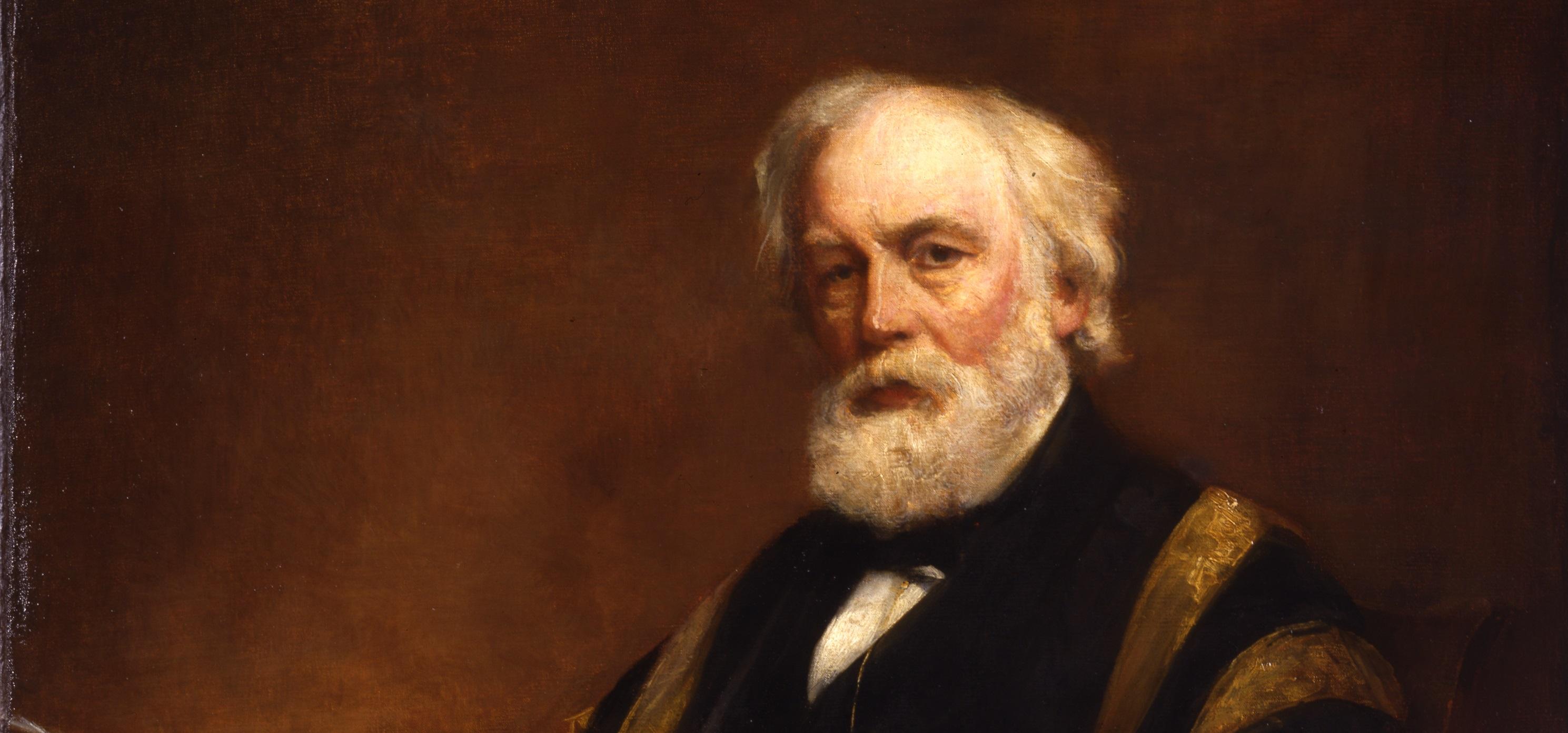In 'This bewitching poison': alcohol and the Royal College of Physicians, a 12 carat gold champagne cup represents the RCP's long institutional history of drinking and dining. It is one of over 400 items of silver and metalwork held in the museum collections forming an impressive display of wealth and power at the ceremonial fixtures of RCP life for nearly 500 years.
In his review of 'This Bewitching poison' , historian Richard Barnett notes:
Best of all – and the object I'd most like to have taken home – is a golden arts and crafts goblet from the RCP's own collection, holding barely a mouthful of champagne. This exquisite, slender chalice seems to embody, all by itself, a lost notion of moderation.
Dr Barnett is not the only visitor to express a desire to liberate the delightful 12 carat gold champagne cup from its case. The little cup, which stands at just over 10 cm high on its knopped stem and domed foot, is an elegant (and pocket-able) gem.
The gold cup was made in 1895 by Holland, Aldwinckle & Slater – a leading London silver manufacturer based in Smithfield. In 1894 a visitor to their 18 Hosier Lane workshop is said to have remarked that the ‘immense galleries ... filled with sterling metal, make one feel that one had the legendary days of Solomon returned again'.
The cup’s first owner was distinguished physician Sir Samuel Wilks (1824–1911) – a man of ‘abundant and often very memorable humour’ with a ‘genius for friendship’. Wilks was an eminent pathologist who worked at Guy’s Hospital, London for over 30 years, and who served as physician-extraordinary to Queen Victoria and as RCP president.

Wilks was presented with the golden cup by members of the Fifteen Club – a dining fraternity founded in 1885 for ‘a few congenial men especially interested in the scientific side of medicine and medical education’. There were no rules to the club, and eligibility appears to have rested solely on your capacity to regale dining companions with anecdotes ‘for amusement to the members present’. The club dined together at least three times a year – occasionally at the Café Royal, Regent’s Street or Kettners in Soho (both frequented by the rich, famous and artistic in the 1890s – Oscar Wilde included) but Café Verrey in Regent’s Street was preferred, enjoying as it did the reputation of being ‘the most high-class and select restaurant in London’ yet also ‘a little more sedate’ than its rivals – which perhaps suited the physicians.
In May 1896 club secretary Sir Horatio Bryan Donkin noted: ‘on the occasion of the 33rd dinner … a cup of gold was presented to the president by the club members as a token of their affection and regard'. The shallow bowl of the cup is inscribed with a Latin dedication to Wilks commemorating his appointment as RCP president and also his role as ‘friend of friends, president and disciple’ within the club.
The selection of a champagne cup as a gift was clearly guided by the club’s drink of choice, as a jape orchestrated by Donkin in 1892 reveals. After a particular brand of champagne had ‘displeased one of our members’ Donkin ordered that the same brand be served again with ‘the labels on the bottles being carefully concealed. This time it met with universal approval especially from the erstwhile complainant …. Nothing further was said, but I told the waiters to uncover the bottles before handing round the wine a second time’.
Wilks died in 1911 and bequeathed the cup to the RCP where it stands today as a sparkling reminder of the conviviality of a much-loved physician who, as Donkin records ‘left bright memories of himself with all our members and all others who knew him well’.
Emma Shepley, senior curator
The little gold cup was on display in 'This bewitching poison': alcohol and the Royal College of Physicians, 13 January – 28 July 2014.
Read more about the RCP's library, archive, and museum on our blog, and follow @RCPmuseum on Twitter.
